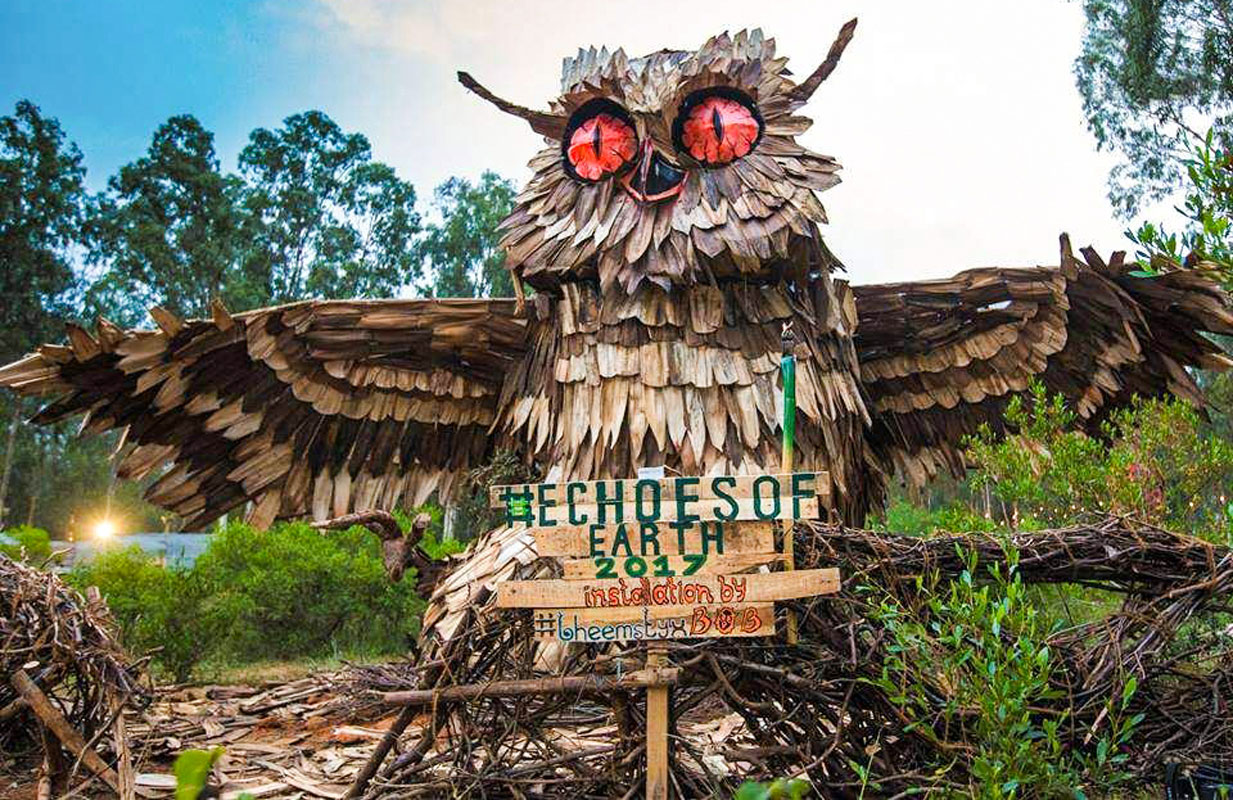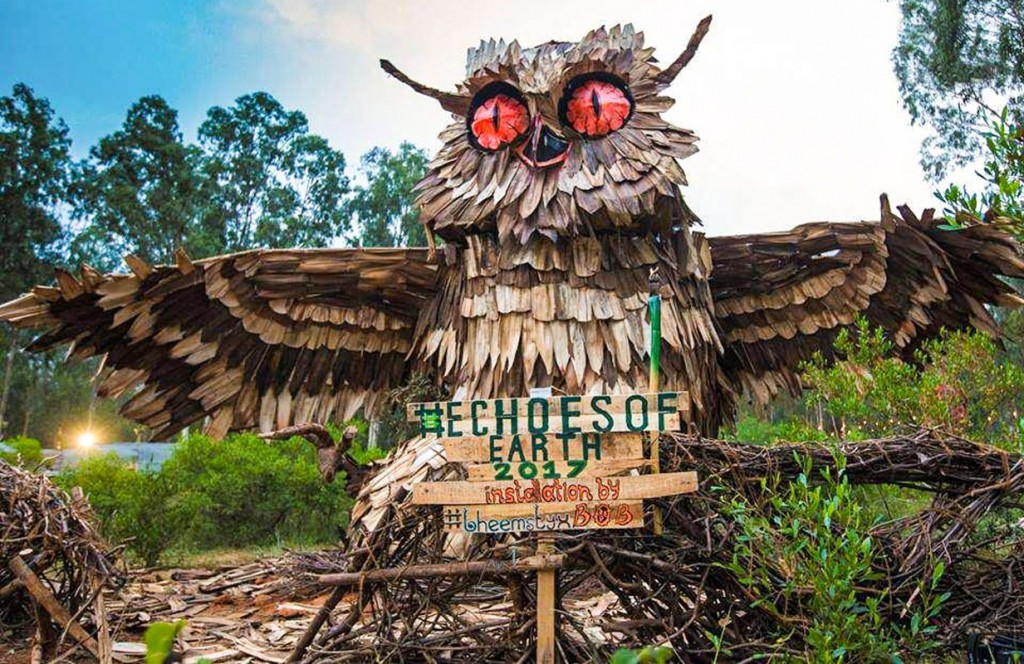
All of us have at some point or the other received invitations for what are billed as ‘green events’. These are happenings where the organisers profess to follow broad sustainability guidelines from planning to implementation. This is understandable given people are increasingly becoming environment conscious. In fact, we have to not only attend but also conduct conferences, seminars, office events, and sometimes even family get-togethers. So, what is the sustainability protocol we must follow when we are the organisers?
My thoughts immediately go back to last November when I heard about ‘India’s only ecologically designed music festival’ to be held in Bengaluru in December. Titled, ‘Echoes of Earth’ it had IKEA as its experience partner. And, to give a boost to the idea of a circular economy, the festival promoters said they were making use of sustainable, life-size installation and furnishings and décor setup using discarded IKEA furniture and products. The stage and other accessories were all of recycled or upcycled material.
To my mind, the event showcased what can be done if we need to design a music concert or stage a similar evening of entertainment. Obviously, a different mindset has to go into the planning bearing in mind the carbon neutral aspect of the event. It set me thinking.
I realised that, for a start, an important aspect is choice of the venue. You would have to identify a setting which harmonises with nature even as it serves its purpose—namely staging the event.
If it is an open-air venue, the carbon footprint would be that much less and would save on setting up tents or shamianas. But then the responsibility of leaving the venue exactly as it was before, or even better than before the event would be a huge responsibility.
Besides, where there is a gathering of people there is bound to be waste generated. If this aspect is not factored in, you can never claim with sincerity to be holding a green event. So, it’s best to plan for not only waste disposal but segregation at the site itself. In fact, if you have a team of volunteers politely nudging people to throw their waste in the right bin you would do a big favour to those who have to later handle disposal and clearing. But unfortunately, at many large gatherings— from the Kumbh mela to any public rally— waste is strewn around without a care and remains a sad testimony to a don’t- care attitude.
To give a sustainable edge it is best if the venue you choose can be reached by public transport, or a last mile EV vehicle can be arranged for the audience/ visitors so that parking and use of precious fossil fuel can be reduced. Of course, it would be great if people could cycle to the venue, but that possibility is largely ruled out in our cities since urban planning has not made provisions for cycle tracks.
Transitioning to ‘green events’ cannot be dismissed lightly. In fact, it has become so important in our effort to decrease carbon emissions and mitigate climate change that in 2021 during the Glasgow climate change conference, the United Nations Environment Programme developed and introduced an online Green Events Tool (GET) that is accessible to the public and organisations to help them green their events.
With the help of GET, organisers can evaluate the GHG emission profile and sustainability impact of an event at the planning stage itself. In fact, GET could be a go-to tool for anyone deeply interested in greening events, especially if it is held on a bigger scale and is official.
Last month I got another info sheet from a global musical extravaganza taking place — Lollapalooza India 2023, co-produced by the portal BookMyShow. The organisers emphasised that their event was sustainable and environmentally conscious. Curious as to what extent they had planned for a carbon neutral music fest, I examined the organiser’s list of what they had done. I was happy to find a fairly exhaustive action plan with attention paid to finer details. While outlining a ‘zero waste to landfill goal’, here were some of their initiatives:
- Implement measures to minimise single-use plastics and non-recyclable materials.
- Set up on-ground waste segregation stations across the venue to enable the audience to segregate waste while disposing. ‘Trash Talk’ volunteers to guide festival attendees on the waste segregation process at key waste generation areas.
- Establish a waste sorting area at the backend where a team would further sort the waste into over 15 categories. All biodegradable and recyclable waste would be transported to composting facilities or dry waste centres for further processing.
- The waste categories would include items such as paper, plastic, cans, glass bottles, cardboard, food scraps, compostable plates and e-waste.
- The musical event would feature a zero-food-waste programme through a waste management partner where all excess edible foods would be collected and shared with local NGOs for distribution to low-income communities. The team would have containers and food grade bags to enable collection of excess foods which would be sent to a food donation location.
- To reduce waste, reusable cups made from crop waste would be provided, with even a small discount for those using eco-friendly cups.
- A water execution plan would be in place. To reduce the usage of plastic bottles for water consumption at the event, many areas were to be serviced by water stations serving free water. For those attendees who did not carry their own water bottles, a reusable glass would be available for ₹150 with ₹50 returned to the consumer when the glass was returned.
Now these measures seemed like well thought out strategies that can be emulated when planning an event. So, when you plan your next big conference, music concert or get-together, you know what you have to do to make it sustainable and green.
The writer is a senior journalist who writes on environmental issues






